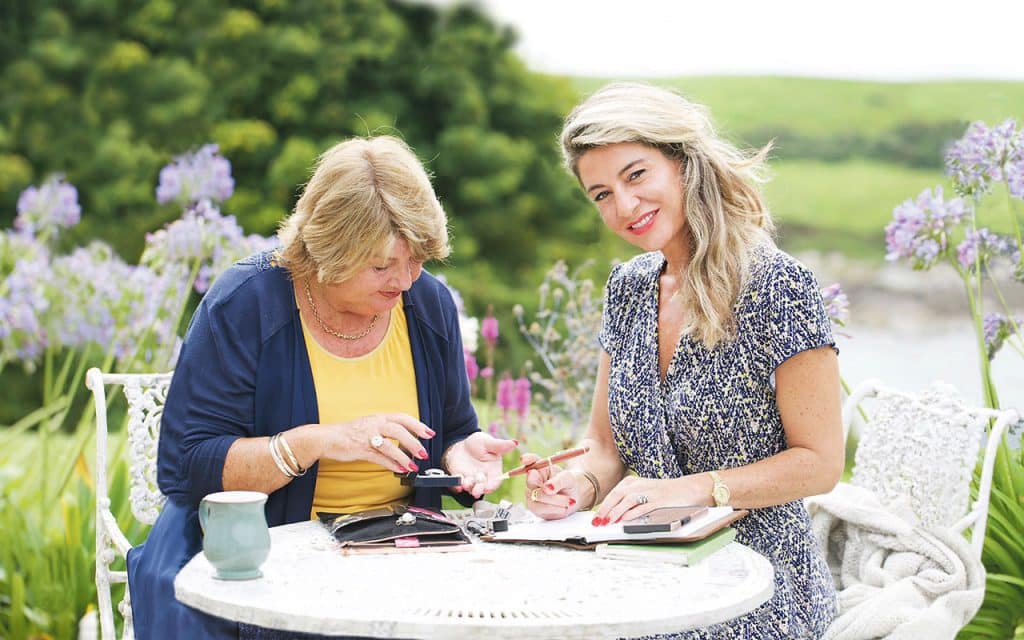The traditional time for marrying in rural Ireland used to be Shrovetide, that is the period between the Epiphany (January 6) and Shrove Tuesday. In the 19th, and well into the 20th century, it was taken for granted that those who wished to marry did so at that time. When examining parish records, it is evident that a very high percentage of weddings took place near the end of Shrovetide. There were multiple weddings on Shrove Tuesday in every parish, with a resultant increase in births in the month of December.
When this custom started is unclear, but it certainly has to do with the prohibition of the solemn celebration of matrimony during the penitential season of Lent. According to folklorist, Kevin Danaher, ‘the popular reasoning ran thus; we cannot marry during Lent, thus we must marry before Lent, therefore just before Lent is the proper time to marry’. This goes back as far as folk memory goes, probably beginning with the Council of Trent in 1563 when the Decree of Matrimony confirmed the practice of an ancient custom of not marrying during Lent.
In post-Famine Ireland there were many bachelors and spinsters. The practice of dividing the farm between sons, which was common before the Famine, stopped. The whole farm was left to one son, who worked the farm with his parents, who often held possession of it until they were very old. Often the son postponed getting married because of this, and quite often they didn’t marry at all, as they were advanced in years, before the old couple gave up the farm.
Romance was not always a priority in rural Ireland. The local matchmakers often decided who would be a good partner for another. He dealt with the parents of the girl, discussing her dowry and the like. Then he approached the young man’s parents and set out his case. There would be comings and goings as haggling about terms took place. The deal was often settled when the two sets of parents met, maybe on a fair day, in a public house – in the ‘snug’, a small private room, which was attached to many pubs in that era. Sometimes the bride and groom would never have met until that day. Indeed there were many cases when the couple didn’t meet until their wedding morning.
The wedding was eagerly awaited, not only by the parties principally concerned, but also by the whole district, who would share in the merrymaking, feasting and drinking. As a converse to the marrying and merrymaking, it was taken for granted that those who did not marry at this time did not intend to do so that year. This, in the popular mind, was a neglect of social duty. In rural Ireland the unmarried person never had the same status as those who were married. An unmarried man of 50 was still a ’boy’, while his married nephew was a man. The young wife of 20 was a matron, while the spinster of 45 was practically a nobody. According to Kevin Danaher ‘the broken match, the jilted flirt, the unfaithful swain, the crusty old bachelor, the boy of ’50’ kept from wedlock by a doddering but still tyrannical parent, the vinegary old maid, all were part of the rural comedy and matter for rural wit and tricksters’.
In parts of Ireland, there were accepted ways of showing disapproval of the unmarried state. In Munster and parts of Leinster, in the latter part of the 19th century, the first Sunday in Lent was known as ‘Chalk Sunday’. People who remained unmarried at Shrove often had their ‘Sunday clothes’ decorated with stripes and squiggles of chalk. Small boys rushed from doorways and made their mark; young men and women whipped out concealed bits of white or coloured chalk and did same. The younger men and women could afford to laugh it off with some remark about their chances in the following year, but a hardened old bachelor might round on his tormentors with verbal abuse and flourishing of a walking stick.

In parts of Munster and in West Cork certainly, there was a tradition that Lent started a week later on the island sanctuary of ‘Sceilg Mhichil’, off the Kerry coast than on the mainland. Those who lost their last chance of marrying during Shrovetide could still be married on Sceilg. In west Munster those who had been expected to marry but hadn’t, were the butt of jokes and banter during the first days of Lent. ‘You’re off to the Rock, I suppose’, ‘Don’t miss the boat’, were some of the jokes. The victims had to grin and bear it.
In places, the custom was carried further, and local ‘poets’ were encouraged to compose verses on the occasion, verses which told of the excursion to the Skelligs, giving a list of the participants, linking together the names of bachelors and spinsters as incongruously as possible. These were known as the ‘Skellig Lists’ and were learned by heart. Some of the wittier examples were remembered for years afterwards and I can recall my father reciting some in Irish, which he had learned on Cape Clear.



